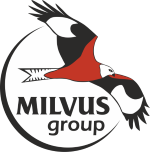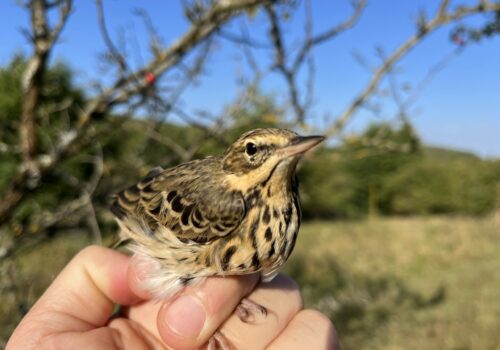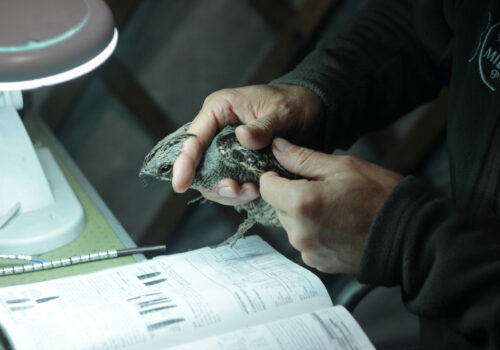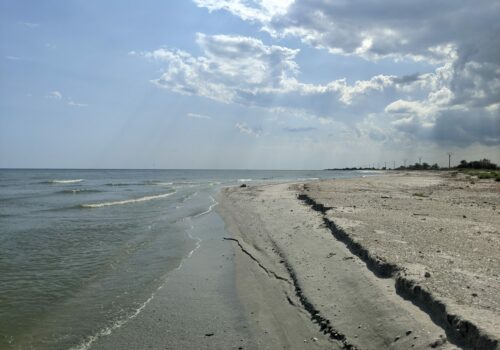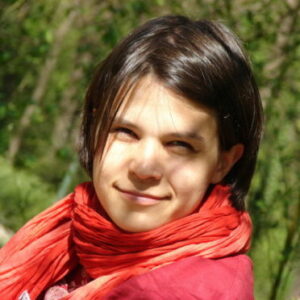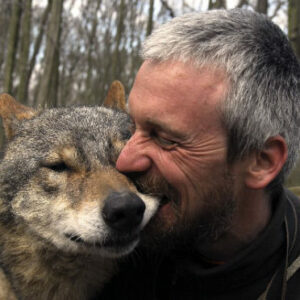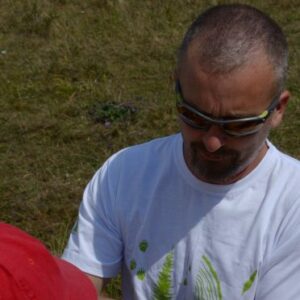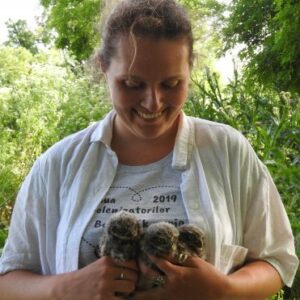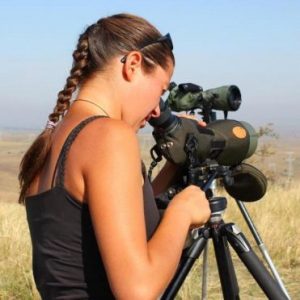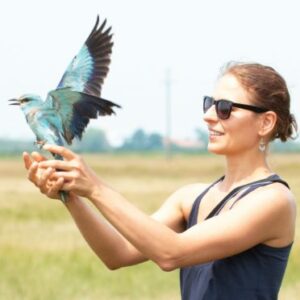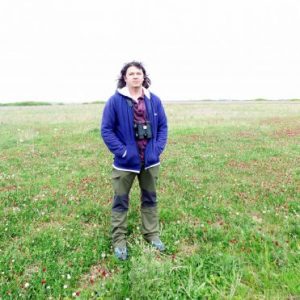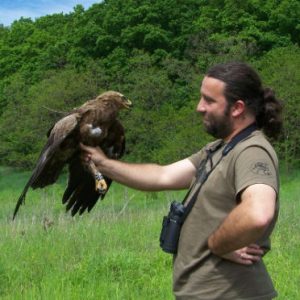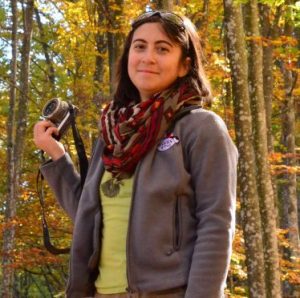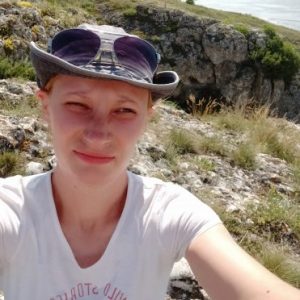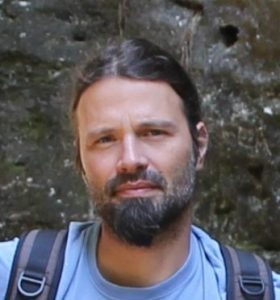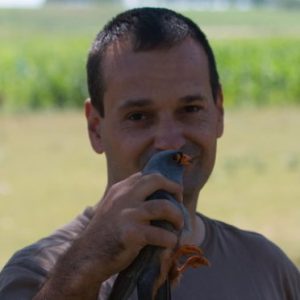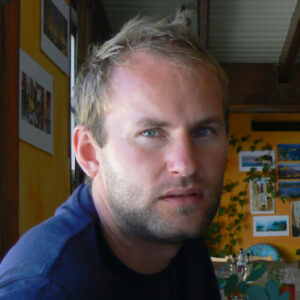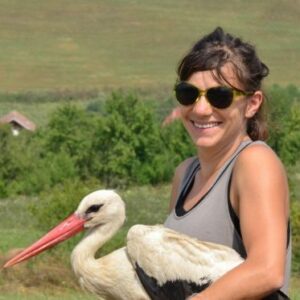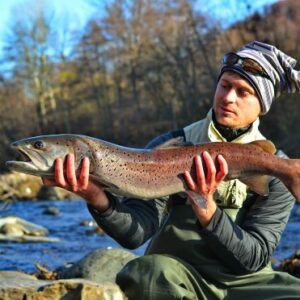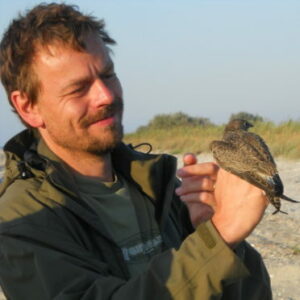In 2016 we are experiencing some difficulties with the webcam nest. Compared to previous years, when the storks arrived in time but we had had technical problems with our webcam, this year the “problem” is with the storks. More exactly, with their absence from the nest. At the end of March a pair of stork was observed in the nest, but unfortunately they were just visitors from one of the neighbouring nests.
On the 9th of April a stork appeared in the nest, and some of our followers wrote to us that the stork is color-ringed. Initially we thought the ring number was E651, but we were not certain about the last number. On the 14th of April the stork revisited the nest . It was standing for a long time on one leg, but – in line with Muprhy`s law – the bird pulled up its ringed leg. Eventually, with a lot of patience and zooming we could determine the correct ring number: E655.




On the left leg of the bird there is an aluminium ring as well, with the number H001357, but we could only see H00 through the camera…
This is why coloured ringing is necessary!
Many people notified us about the ringed stork in the comments section. Thank you!
About the ringed stork:
The stork with the E655 ring was ringed in 2012. It fledged in the nest nr. 12 from Dumbrăvioara, 1100 m away from the webcam nest, in front of the Teleki Castle. There were tree siblings, and they were ringed on the 30th of June (by Kósa Ferenc and Daróczi Szilárd).
As the stork is 4 years old it could breed without any problem, the only question is if it will be able to find a pair for this breeding season. Storks reach their sexual maturity at the age of 3-4 years (rarely earlier). This stork will most probably breed for the first time this year. Young birds, with no experience usually start breeding later (sometimes only in May), but this doesn`t mean that the chicks won’t be able to fledge successfully. Fingers crossed!


